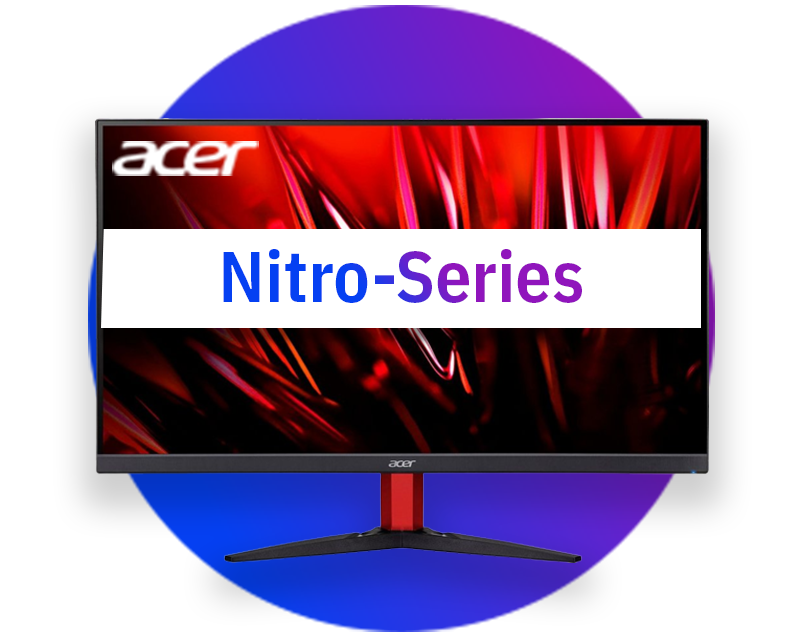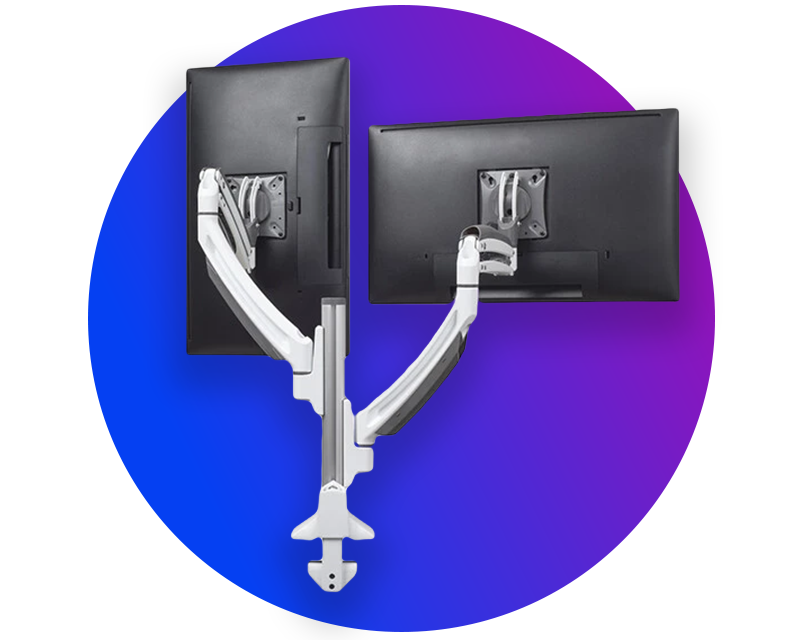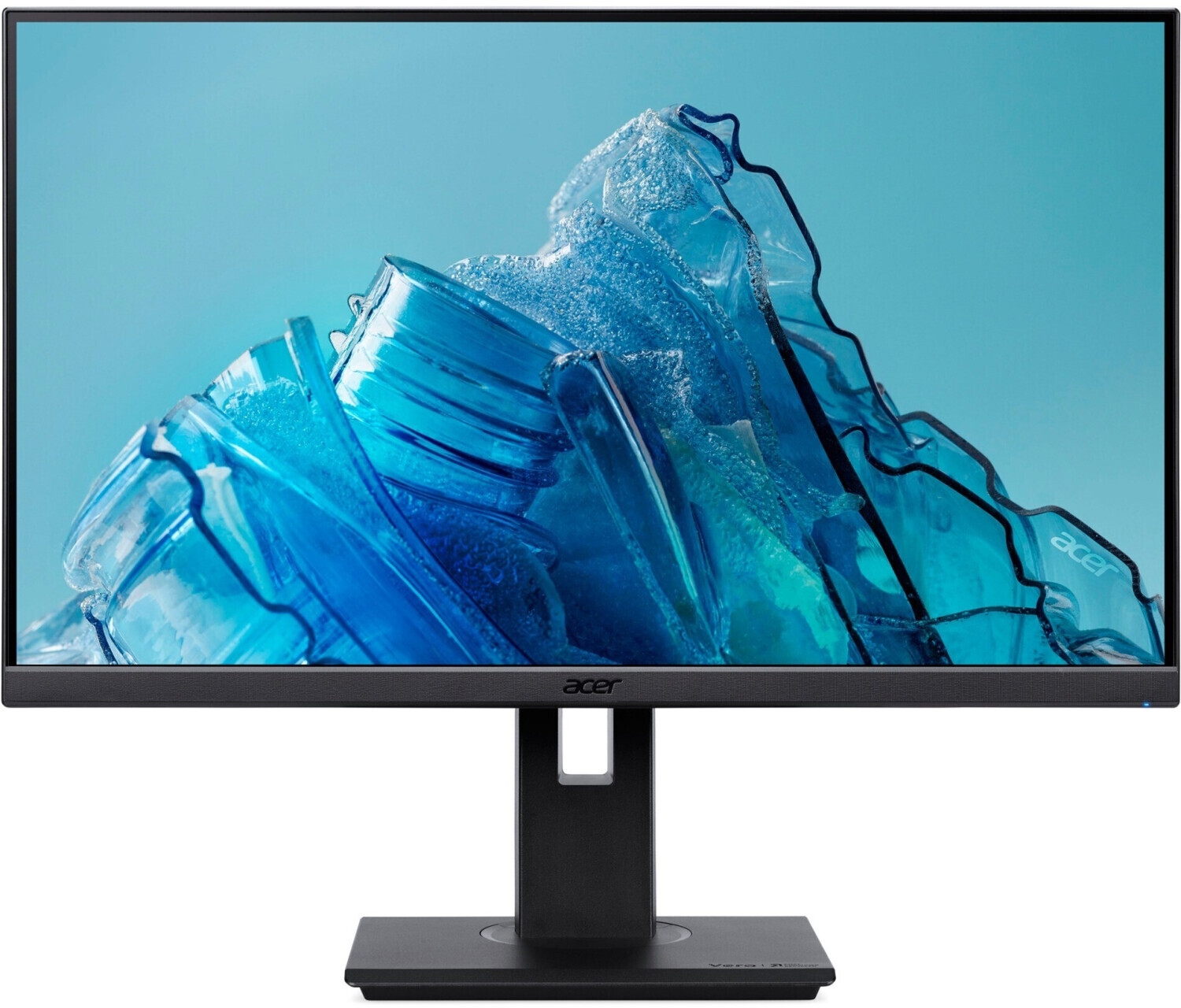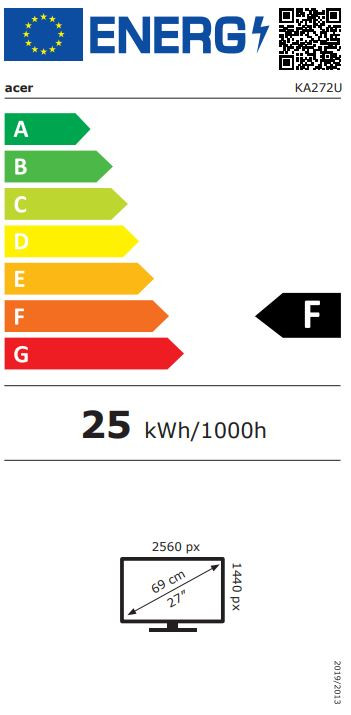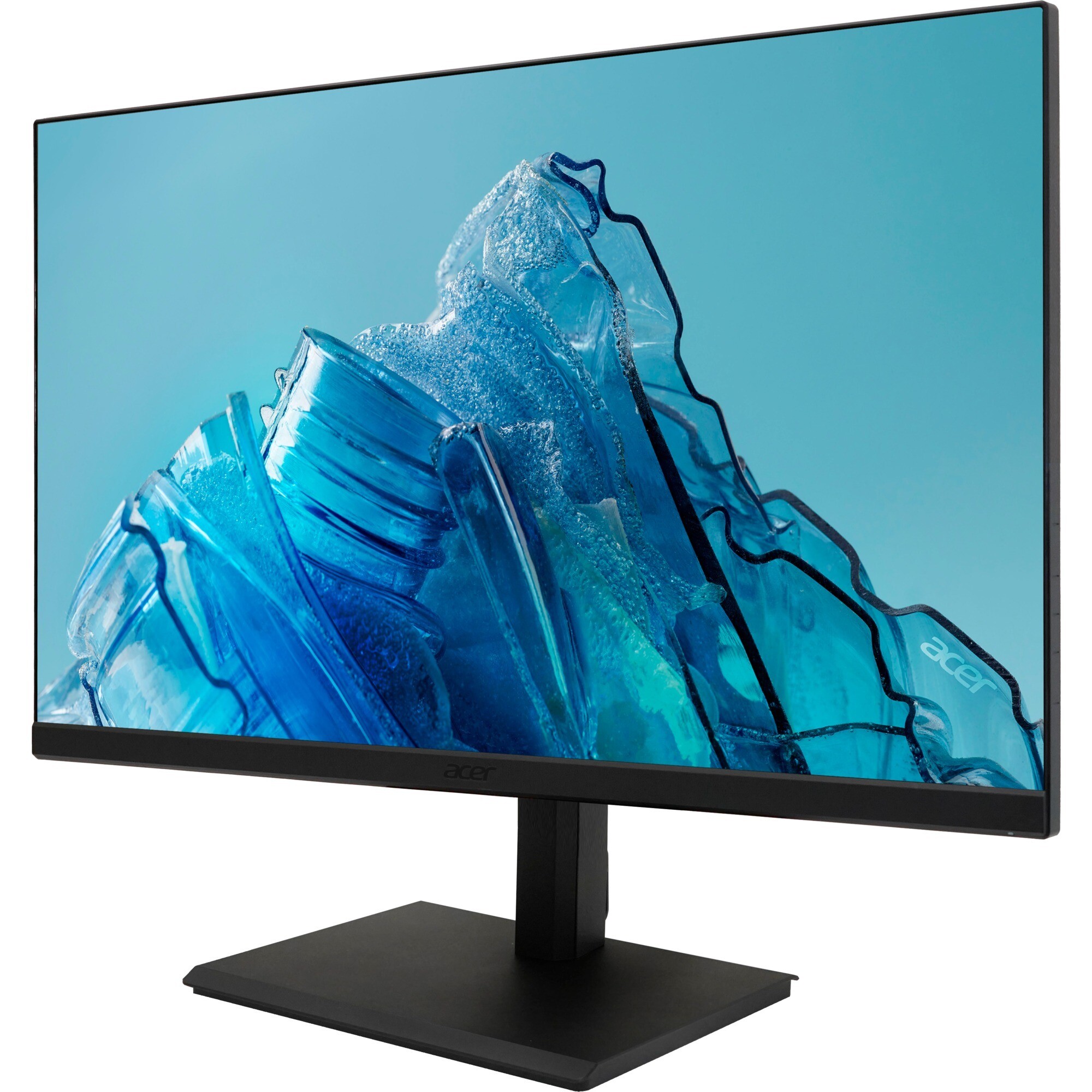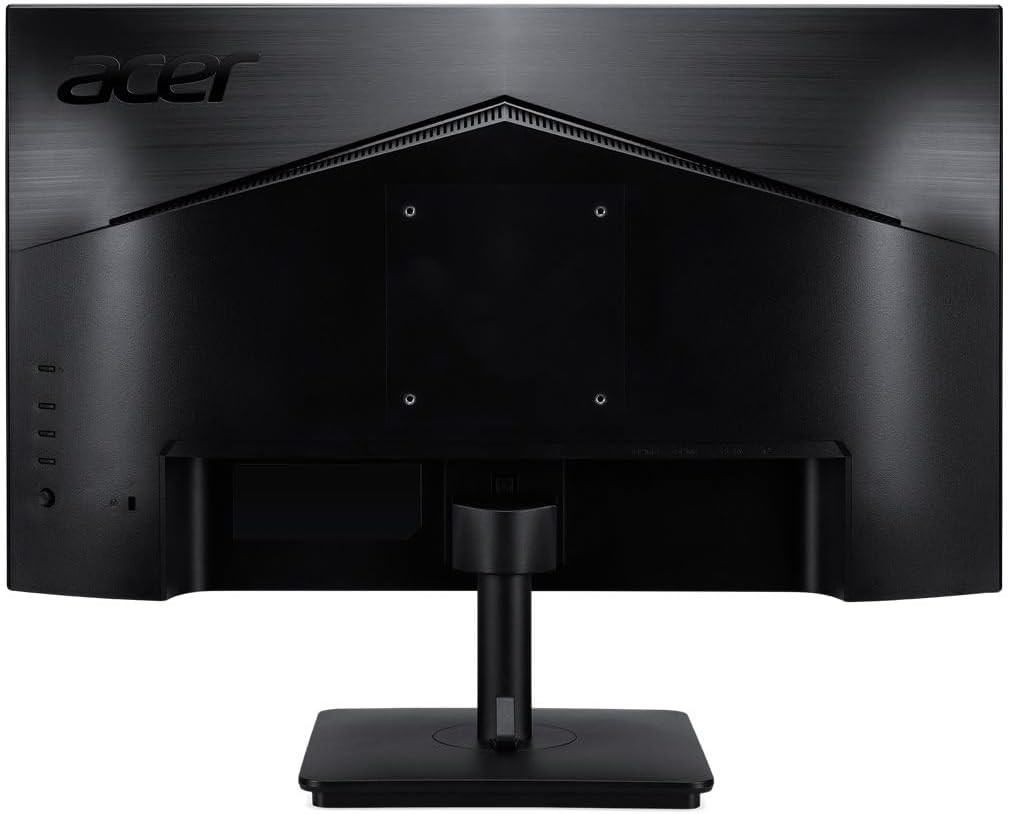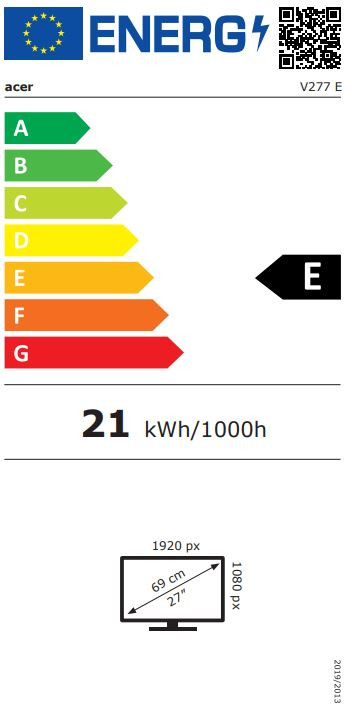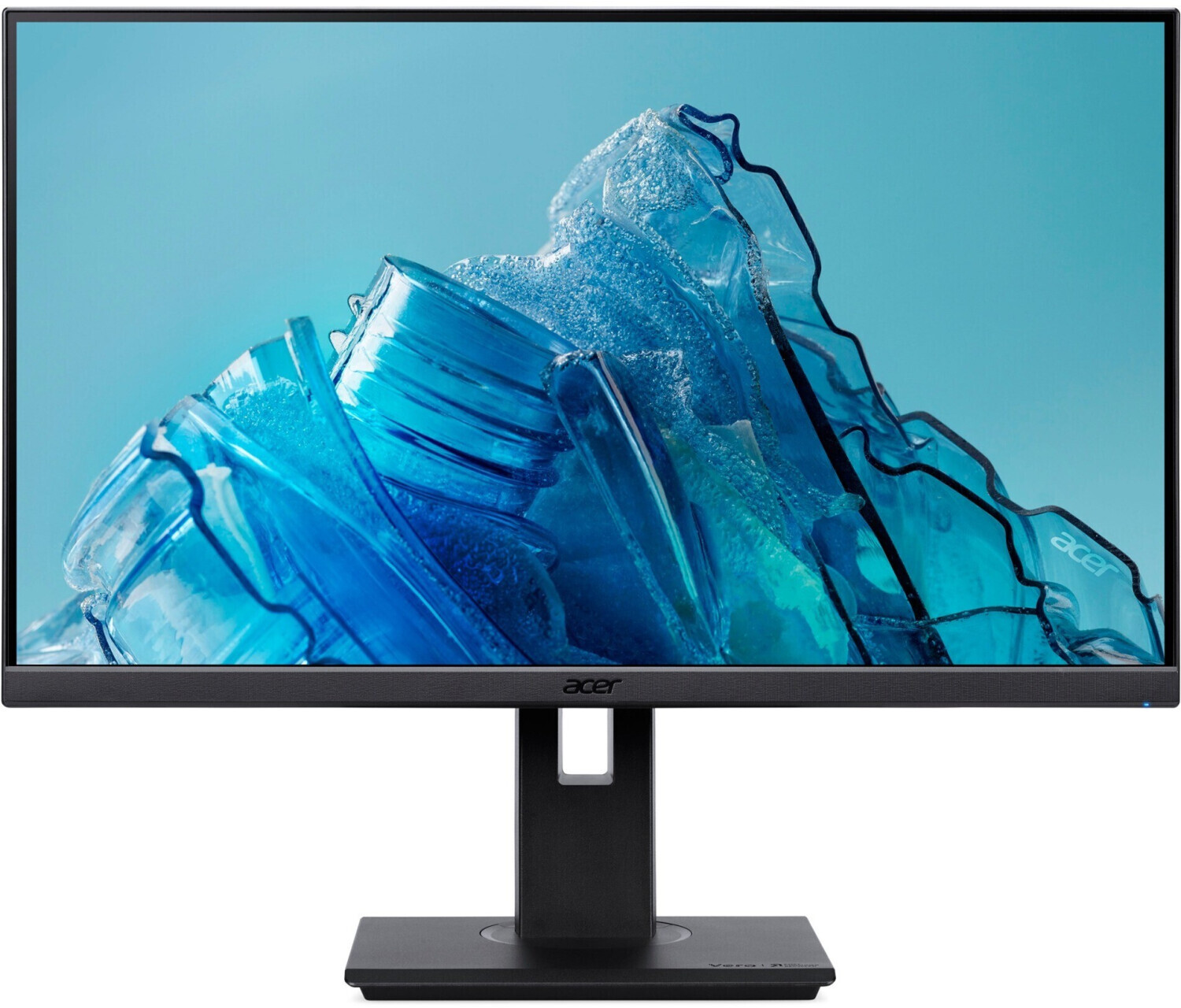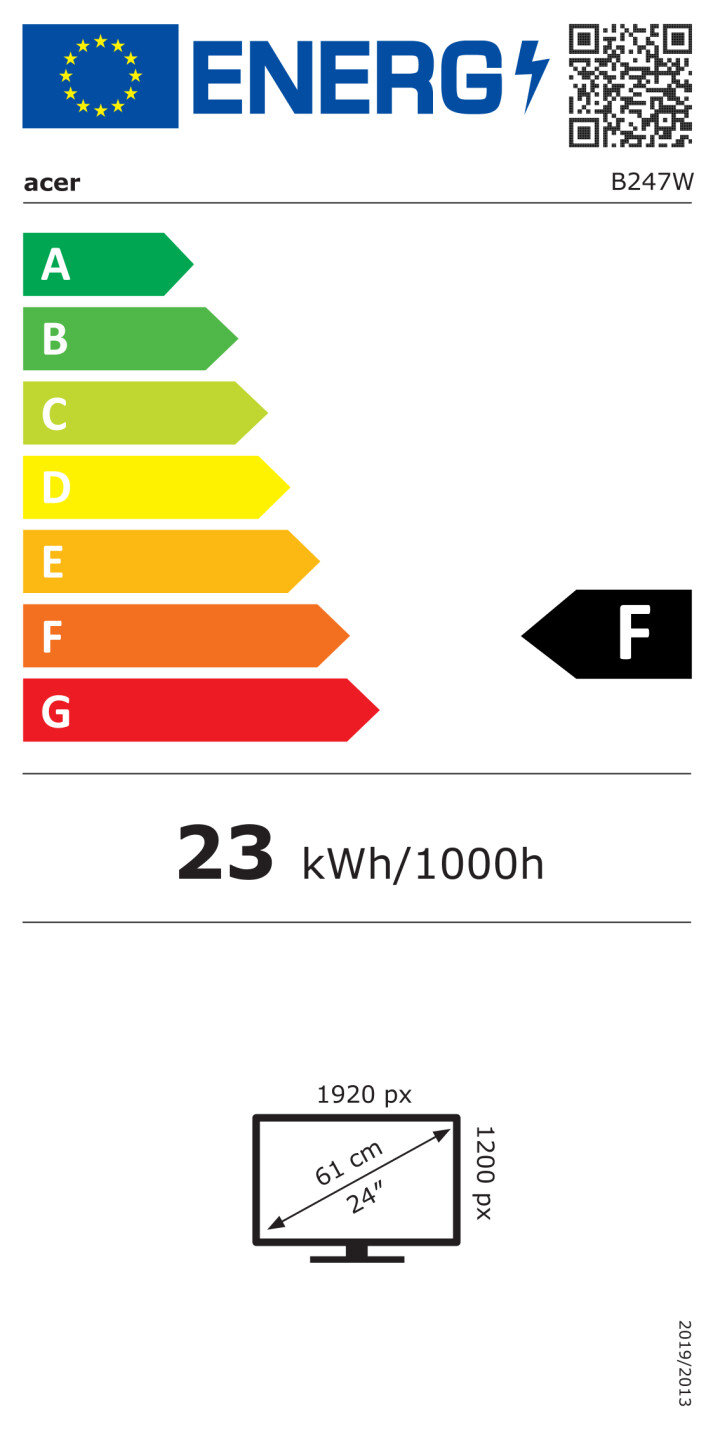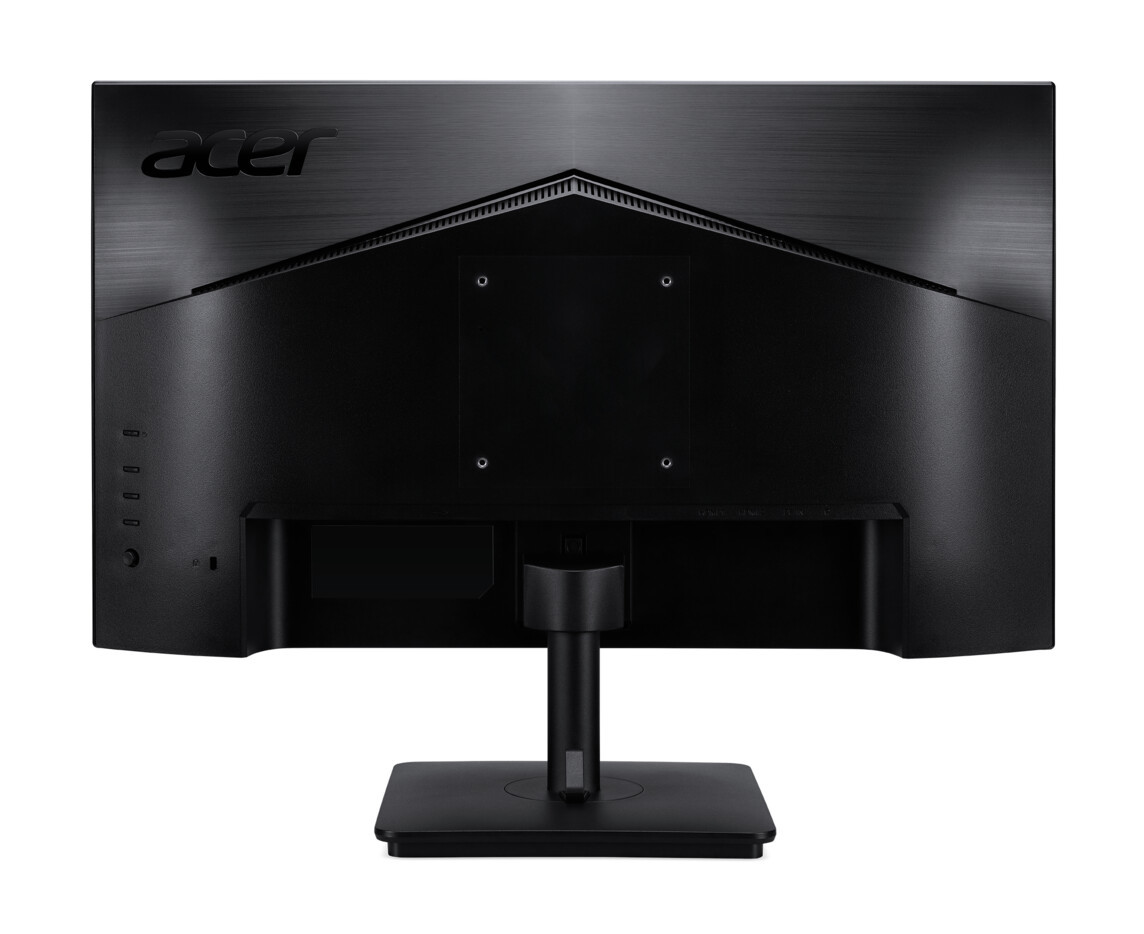Acer monitors
Of course, as one of the world's leading PC manufacturers, Acer also offers a wide range of monitors. Acer monitors cover the full range from the Office Monitor right through to the Gaming Monitor, you will find everything in the Acer Monitor portfolio.
Within the Acer monitor range, you’ll also find their Predator monitors designed specifically for gaming. They are in the black-red design of the Predator PCs and are part of the gamer series from Acer.
Within the Acer monitor range, you’ll also find their Predator monitors designed specifically for gaming. They are in the black-red design of the Predator PCs and are part of the gamer series from Acer.
35 Products
Sort by:
Page
Page




